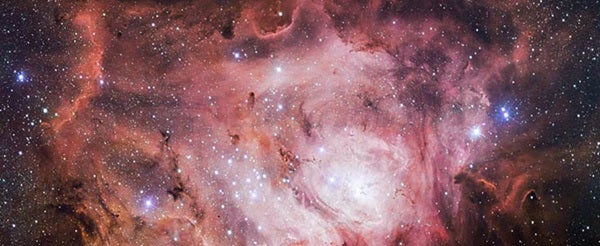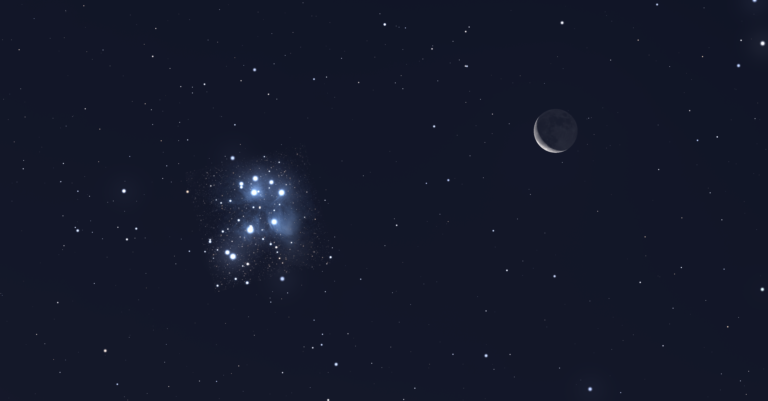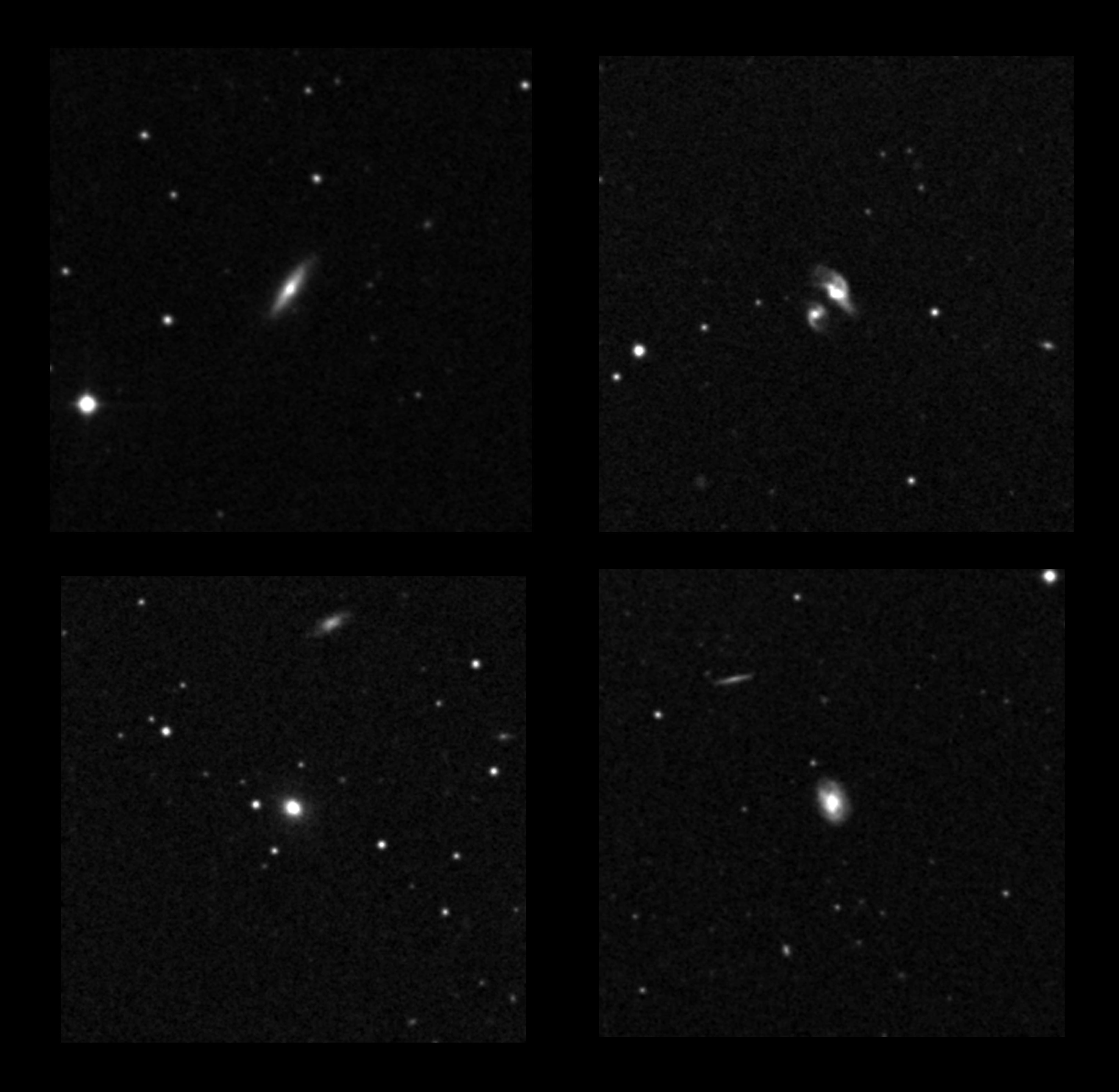The Lagoon Nebula is an intriguing object located around 5,000 light-years from us in the constellation Sagittarius the Archer. Also known as Messier 8, it is a giant cloud 100 light-years across, where new stars are forming within its plumes of gas and dust. This new 17,000-pixel-wide image is from one of two dedicated survey telescopes at ESO’s Paranal Observatory in northern Chile.
The VST was not pointed at the Lagoon deliberately; it simply was included as part of a huge imaging survey called VPHAS+ that covered a much larger region of the Milky Way. VPHAS+ is just one of three imaging surveys using visible light with the VST. These are complemented by six infrared surveys with the VISTA survey telescope.
The surveys are addressing many important questions in modern astronomy. These include understanding the nature of dark energy, searching for brilliant quasars in the early universe, probing the structure of the Milky Way and looking for unusual and hidden objects, studying the neighboring Magellanic Clouds in great detail, and many other topics. History shows that surveys often find things that are unexpected, and these surprises are crucial for the progress of astronomical research.
As well as the nine imaging surveys with VISTA and the VST, there are also two additional surveys that are in progress using other ESO telescopes. One, the Gaia-ESO Survey, is using the Very Large Telescope at Paranal to map the properties of more than 100,000 stars in the Milky Way, and another, PESSTO, is following up on transient objects such as supernovae using the New Technology Telescope at La Silla.
Some of these surveys began back in 2010, and some much more recently, but data from all of them are now being made public and are accessible to astronomers around the world through ESO’s archive.
Although they are still in progress, the surveys are already allowing astronomers to make many discoveries. Just a few of these new results include new star clusters found in the VVV survey, the best map yet of the central parts of our Milky Way, a deep view of the infrared sky, and, recently, some of the most distant quasars discovered so far from the VISTA VIKING survey.
The ESO Public Surveys will continue for many years, and their astronomical legacy value will stretch many decades into the future.










